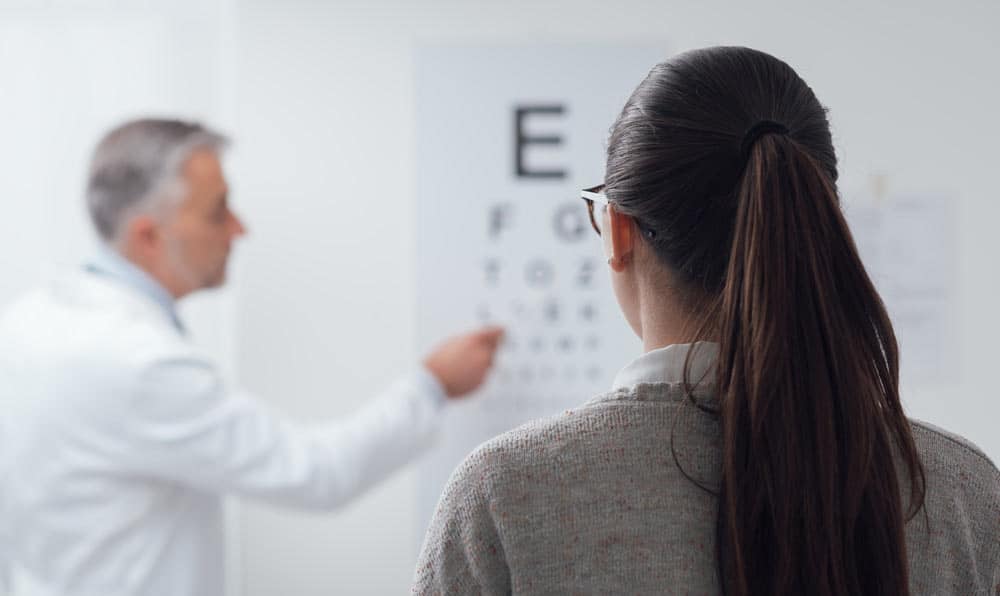One of the biggest risk factors for many eye diseases is having a positive family history, which is why it’s important to go for regular checkups if a member of your family has already been diagnosed. Eye diseases can cause serious and irreparable damage if they are not detected and treated early. Here is a list of the most common genetic eye diseases and why you need to be aware of them.

Cataract
Cataract is the most common eye disease in the world. It involves the normally clear lens inside the eye becoming progressively cloudy. Early cataract will cause issues with low light and night vision, severe cataract will cause blindness if left untreated. While some people are born with cataracts, they tend to develop as you get older. If you have a family history of cataracts, you may want to consider an examination with your optometrist.
Glaucoma
Glaucoma is a group of diseases that damage the optic nerve at the back of the eye and leads to vision loss and eventual blindness if left untreated. It’s the second leading cause of blindness in the world, after cataract. However unlike cataract, the vision loss from glaucoma is irreversible, which makes early detection and treatment all the more critical. The largest risk factor for developing Glaucoma is having a positive family history.
Age-related Macular Degeneration (AMD)
AMD is a disease of the retina, which is a layer of light-sensing cells in the back of your eye. AMD usually begins with blurry or distorted central vision but may progress to complete blindness if left untreated. The condition can be detected by an eye specialist during routine examinations. Early screening helps detect AMD before it causes irreversible damage to sight.
Inherited Retinal Diseases (IRDs)
Inherited Retinal Diseases (IRDs) are a group of diseases that affect the retina (the layer of light-sensing cells in the back of your eye). The symptoms vary depending on which disease is present, but common symptoms include:
- Progressive loss of central vision
- Poor night vision
- Areas of missing vision (called “scotoma”)
- Loss of peripheral vision in both eyes (tunnel vision)
Some of the most common ones include Retinitis Pigmentosa (RP), Choroideremia and Stargardt Disease.
How Often Should My Family Get Checked?
People with a family history of these conditions should have an eye exam every year. If you notice something unusual in your vision, please visit your optometrist or ophthalmologist immediately. The sooner a disease is diagnosed, the sooner it can be treated to stop further damage from occurring. If you’re concerned about any of these eye diseases and think you might be at risk for one of them, it is important to get checked by an ophthalmologist.
Some of these conditions can be treated with medication or surgery. The earlier a person finds out that they have a condition like cataracts, glaucoma or macular degeneration, the better off they will be when it comes time for treatment options. For any further questions about genetic eye diseases, contact the friendly team at Pacific Eye Clinic on the Gold Coast today.
Author

Dr Marc Wei
Dr. Marc Wei is the principal specialist laser and cataract surgeon at Pacific Eye Clinic in Southport on the Gold Coast. He has 20 years of trusted experience in advanced laser cataract surgery and has completed more than 15,000 procedures over the course of his career.

Dr Marc Wei
Dr. Marc Wei is the principal specialist laser and cataract surgeon at Pacific Eye Clinic in Southport on the Gold Coast. He has 20 years of trusted experience in advanced laser cataract surgery and has completed more than 15,000 procedures over the course of his career.



